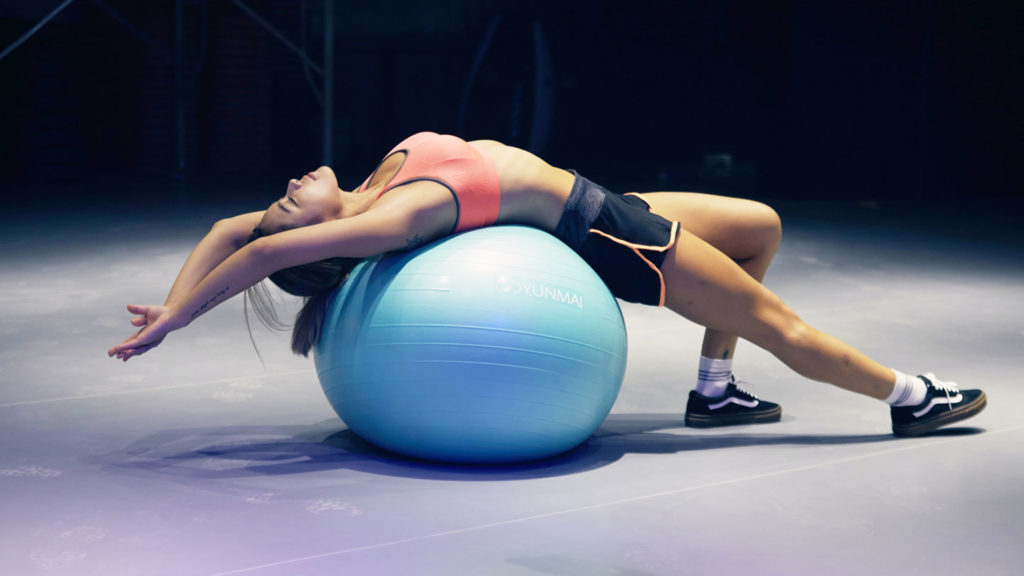Workout balls and body bar Pilates are a lively, vigorous, and enjoyable complement to any fitness regimen. This ball is a lightweight, inflatable contraption. It comes in various sizes and colors and is usually constructed of vinyl or PVC plastic.
This is powerful enough to shake all of your muscles. And, sure, it is pretty beneficial to your core! So, you’re stuck in a workout rut or seeking new ways to spice up your abs regimen.
The inexpensive and multipurpose exercise ball might be the answer. Therefore, before you look for the best Pilates bar, let’s know the tips.
Available Sizes
“Workout balls are normally available in five different sizes. They are with the correct fit dependent mostly on your height,” explains Studio SWEAT on Demand trainer Tatiana Koval. Size down if they don’t touch the floor. “Your knees should be level or slightly lower than your pelvis.
So it’s size up if your knees are too high.” That’s diameters range from around 45 to 85 cm. “You’ll need to select a ball that’s appropriate to your height. So someone around five feet tall would likely use a 45 cm ball.
But someone closer to six feet will likely use anywhere between a 65 and 75 centimeter ball,” Flynn Endres says. A few things to consider include the degree of bend in your knees. This should be approximately 90 degrees or slightly higher. Take notice of how inflated the ball is to avoid sinking when sitting.
Workouts with Exercise Ball
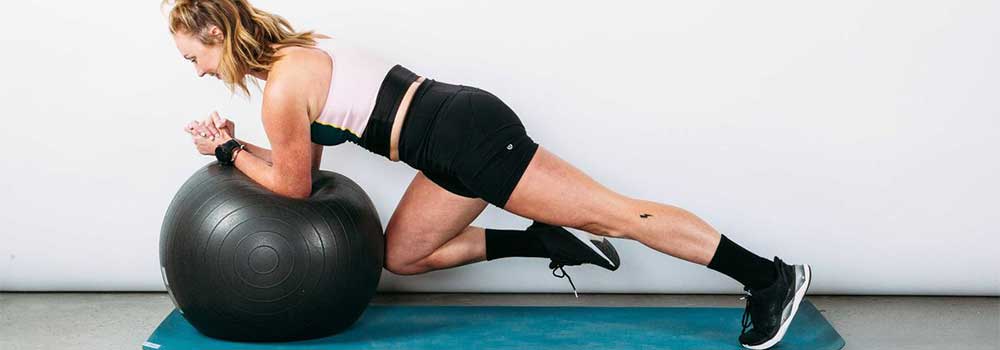
If you want to strengthen your core or add definition to your glutes, exercise balls are a multifunctional tool that can work every part of your body. “With an exercise ball, there are many effective exercises that can be incorporated into any workout,” says Koval. As an example:
Hip Raises
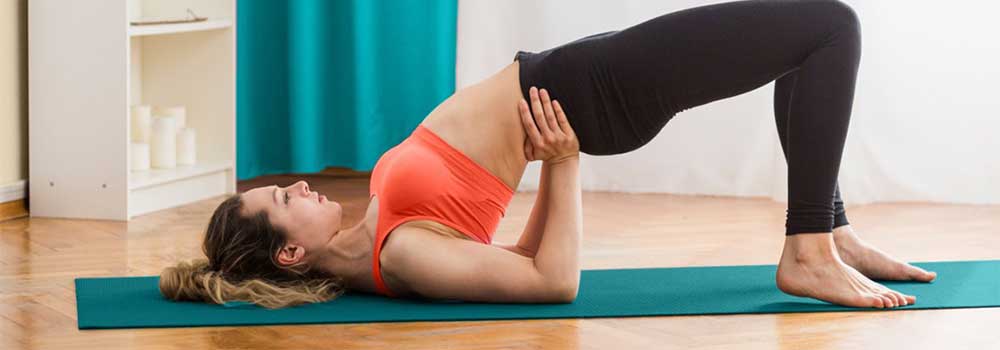
Keep your heels and calves on the ball, then elevate your hips to make a straight line from your shoulders to your hips and knees. Lower the body with control back down to work the glutes and lower back. Balance and stability, such as core activation, have required to keep your legs from rolling to one side.
Dead Bug
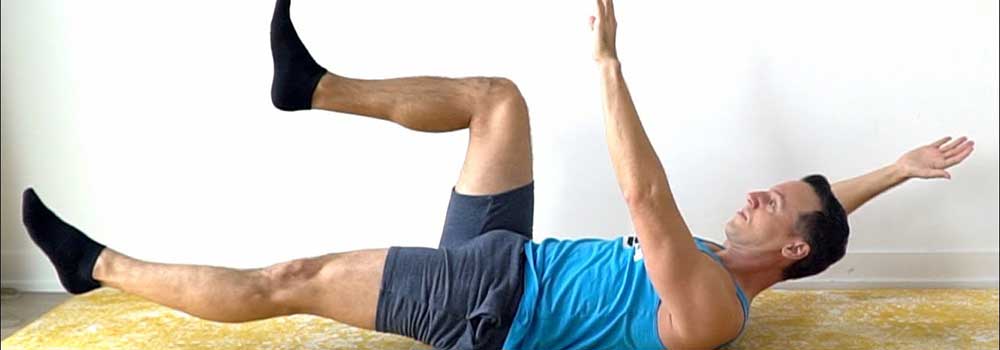
Hold the ball between your palms and knees while lying on your back, then reach away with one arm and one leg.
Hamstring Curls
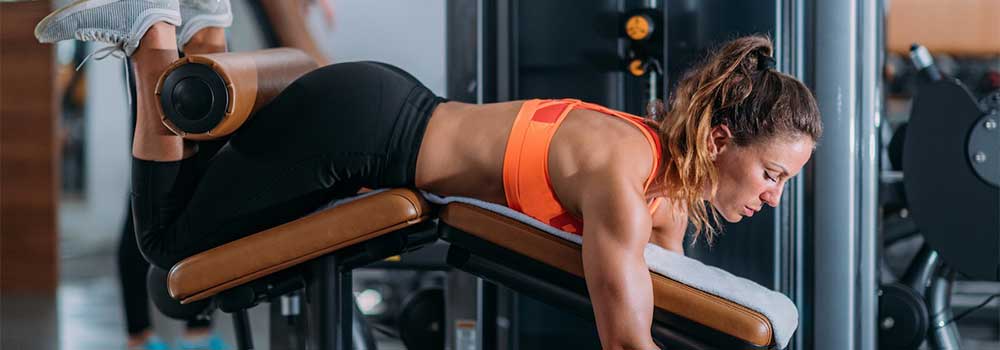
Lie face-up on the floor, heels, and calves on the ball. And bend your knees to bring the ball toward you with your heels. This will work your hamstrings harder than you think.
Wall Sits or Wall Squats
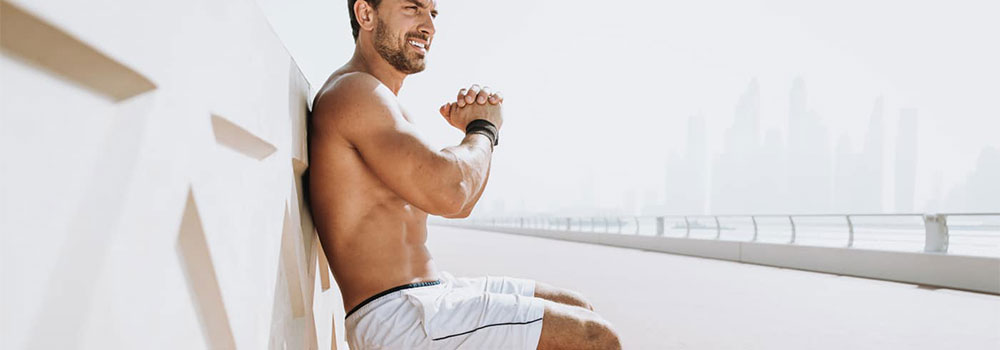
Hold a ball between your lower back and a wall. Alternately, descend into a squat and have there. It shifts the emphasis of squats to more posterior muscular involvement. “The exercise ball is also a helpful stretching tool,” Flynn Endres says.
“Lying face down over the ball and allowing your head droop toward the floor allows your back to relax and open up.” “On the other hand, lie face up with the ball centered on your back and maintain a wide stance with your feet for balance, allowing your head to swing back and your arms to fall open and wide.”



